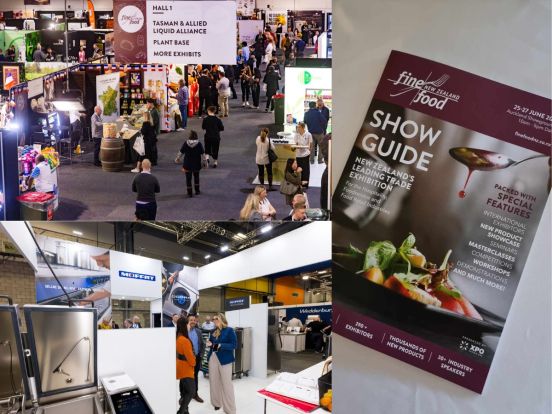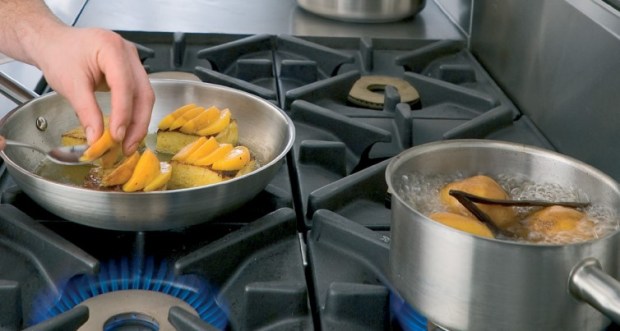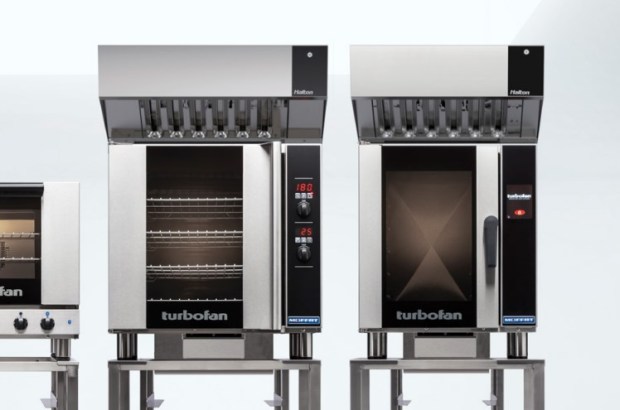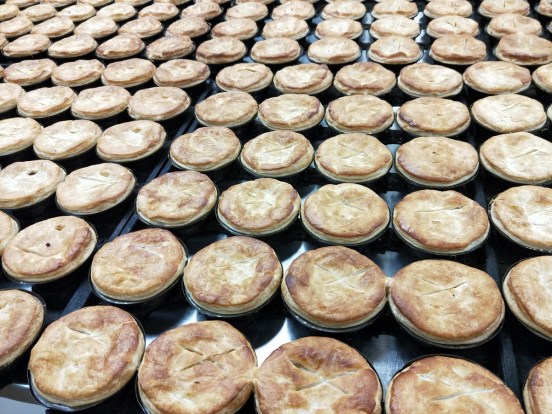Data released by Worldline confirms that consumer spending through hospitality merchants increased significantly in April.
Consumer spending at New Zealand hospitality merchants – accommodation, cafes, bars, restaurants, and fast food outlets – in Worldline’s payments network reached $892m in April 2022.
While this was down 6.8% on April 2021 and 0.4% on April 2019 before the COVID-19 pandemic, it marks a sharp improvement on the previous eight months, following the national Covid lockdown that began in mid-August last year.
“The increasing relaxation of Covid restrictions in April and the general shift towards more personal responsibility around risks of Covid did appear to prompt consumers to make the most of their new freedoms for autumnal dining opportunities,” says Worldline’s Head of Data, George Putnam.
“As was the case last year during less restrictive periods, the hospitality spending boost was more noticeable in the North Island regions outside of the two major centres than in the South Island, consistent with the larger population of the North Island moving around.”
Relative to April 2019, spending at hospitality merchants was up 31% in Wairarapa ($8m) and 27% in Taranaki ($22m), as opposed to small annual declines seen during March. Conversely, Hospitality spending in the South Island ($229m) was still down 10% on April 2019, although this was a marked improvement on the 32% below 2019 levels seen during March 2022.

Meanwhile, spending through Worldline’s payments network amongst the rest of the core retail sector was $2.9B in April 2022, up 4.1% on April last year and 15.4% on April 2019. Worldline says these growth rates are similar to those seen in the previous five months.
“Spending in the rest of the Core Retail sector, which overall is far larger than Hospitality, is maintaining a growth momentum at present, at least in terms of total dollars being spent,” says Putnam.
“Worldline does not track spending on individual products so we cannot comment on whether the increased spend at these stores represents higher prices or a shift in buying for high and low-priced products. However, it is notable that the average value of a payment transaction has increased since 12-months ago, which is consistent with generally higher prices.”
Putnam says the average value of April transactions through all Core Retail merchants in Worldline’s network (excluding Hospitality) was $52.84, up 8.9% since April last year and 11.0% since April 2019.
“What’s more, in April this year we saw spending at merchants selling discretionary products – such as clothing and footwear, or electrical goods – showing growth patterns very similar to earlier months, suggesting that any inflation-induced cutbacks in spending have been modest so far.”
Around the regions, the highest three-year growth amongst the Core Retail merchants (excluding Hospitality) was seen in Wairarapa (+29.7%), Taranaki (+27.5%) and Whanganui (+23.5%). Spending in Gisborne and Wellington was below year-ago levels, but both were up around 12% on 2019. All regions were trading at above pre-Covid levels for April (although the same cannot be said for all merchants).








